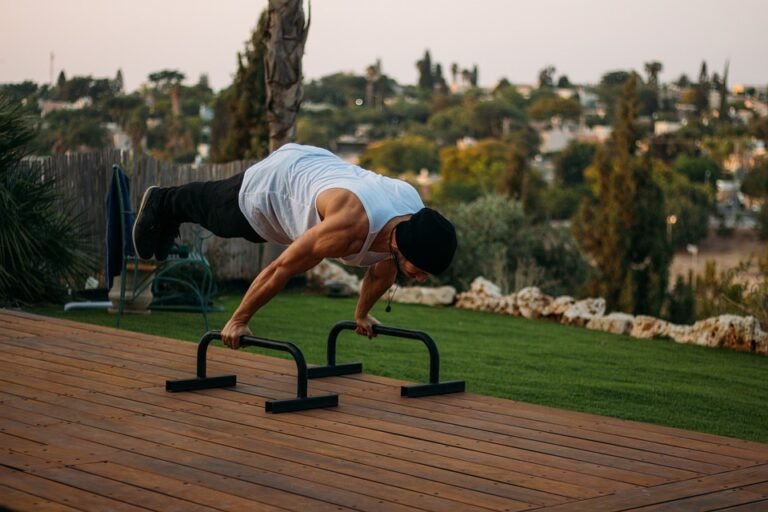
[ad_1]
Middle Splits and Backbend Drills: Mastering Flexibility and Strength
Middle Splits and Backbend Drills: A Comprehensive Guide
Middle splits and backbend drills are essential components of a well-rounded flexibility and strength training routine. Whether you’re a seasoned athlete, a dancer, or simply someone looking to improve their overall fitness, incorporating these exercises into your regimen can have a significant impact on your physical performance and overall well-being. In this comprehensive guide, we’ll explore the benefits of middle splits and backbend drills, as well as provide expert tips and techniques to help you master these challenging movements.
The Benefits of Middle Splits
Middle splits, also known as straddle splits, are a foundational flexibility exercise that targets the inner thigh muscles, hip flexors, and groin area. Developing the ability to perform a full middle split can significantly improve your overall flexibility, enhance your range of motion, and reduce the risk of injury during physical activities. Additionally, mastering the middle splits can also lead to improved performance in activities such as martial arts, gymnastics, and dance.
The Art of Backbend Drills
Backbend drills are an excellent way to improve spinal flexibility, strengthen the back muscles, and open up the chest and shoulders. The ability to perform a deep backbend not only enhances physical performance but also promotes better posture and spinal health. Incorporating backbend drills into your regular workout routine can help combat the negative effects of prolonged sitting and sedentary lifestyles, making it an essential exercise for overall well-being.
Mastering Middle Splits and Backbend Drills
While middle splits and backbend drills may seem daunting at first, with consistent practice and dedication, anyone can master these challenging movements. It’s essential to approach these exercises with patience and a willingness to listen to your body. The following tips and techniques can help you improve your flexibility and strength as you work towards achieving your middle split and backbend goals.
Middle Splits Tips and Techniques
1. Warm-Up: Always begin with a thorough warm-up to prepare your muscles for stretching. Incorporate dynamic movements such as leg swings, hip circles, and lunges to increase blood flow to the muscles and joints.
2. Progressive Stretching: Ease into the middle splits by gradually increasing the depth of your stretch over time. Use yoga blocks or cushions to support your hips as you work towards a full split.
3. Active Engagement: Focus on engaging the inner thigh muscles and pressing the outer edges of your feet into the ground to create stability and support in your middle splits.
4. Consistency: Practice your middle splits regularly, aiming for incremental progress rather than immediate results. Establishing a consistent stretching routine is key to achieving and maintaining your flexibility goals.
Backbend Drills Tips and Techniques
1. Open the Chest: Prioritize shoulder opening exercises such as reverse prayer pose, shoulder stretches, and chest expansions to prepare your upper body for backbends.
2. Core Strength: Develop core stability to support your backbend practice. Incorporate exercises like planks, boat pose, and leg lifts to build a strong foundation for your backbend drills.
3. Gradual Extension: Gradually increase the depth of your backbend by focusing on lengthening through your spine and keeping your hips squared. Avoid forcing the movement and listen to your body’s cues.
4. Breath Awareness: Pay attention to your breath during backbend drills, inhaling deeply to create space in the chest and exhaling to relax into the stretch. Mindful breathing can enhance your flexibility and reduce tension in the body.
FAQs
How often should I practice middle splits and backbend drills?
It’s recommended to practice middle splits and backbend drills at least 3-4 times per week to see noticeable improvements in flexibility and strength.
Are there any modifications for individuals with limited flexibility or mobility?
Absolutely! It’s important to modify the exercises based on your current level of flexibility and mobility. Using props such as yoga blocks, straps, and cushions can provide support and assistance during middle splits and backbend drills.
Can middle splits and backbend drills benefit individuals of all ages?
Yes, middle splits and backbend drills can benefit individuals of all ages. These exercises promote overall mobility, flexibility, and strength, making them valuable for both young athletes and older adults.
How long does it take to achieve a full middle split or a deep backbend?
The timeline for achieving a full middle split or a deep backbend varies from person to person based on factors such as genetics, current flexibility level, and consistency of practice. With regular training and dedication, significant progress can be made within a few months to a year.
Can middle splits and backbend drills help alleviate back pain?
Engaging in middle splits and backbend drills can help alleviate back pain by promoting spinal flexibility, strengthening the back muscles, and improving overall posture. However, it’s important to consult with a healthcare professional before starting any new exercise routine, especially if you have existing back issues.
How can I incorporate middle splits and backbend drills into my existing workout routine?
You can incorporate middle splits and backbend drills into your existing workout routine by dedicating specific time for flexibility training. Consider integrating these exercises after your warm-up or as part of your cooldown to ensure a well-rounded fitness regimen.
Conclusion
Incorporating middle splits and backbend drills into your fitness regimen can transform your flexibility, strength, and overall physical performance. By following the expert tips and techniques provided in this guide, you can work towards mastering these challenging movements and reap the numerous benefits they offer. Remember to approach your practice with patience, consistency, and a positive mindset, and celebrate the progress you make along the way. With dedication and perseverance, you can achieve your middle split and backbend goals while enhancing your overall well-being.
***References:***
1. Stretching Scientifically: A Guide to Flexibility Training by Thomas Kurz
2. The Anatomy of Stretching by Brad Walker
3. Yoga Anatomy by Leslie Kaminoff and Amy Matthews
[ad_2]